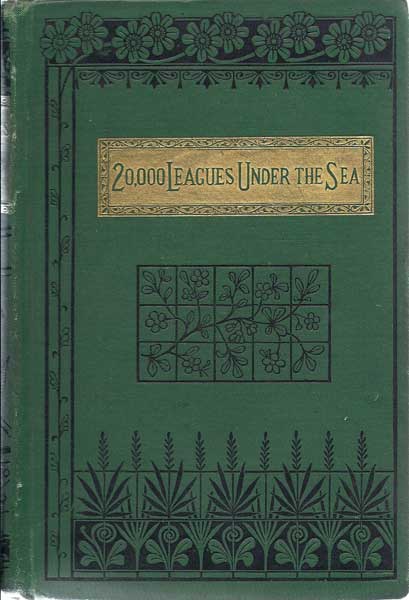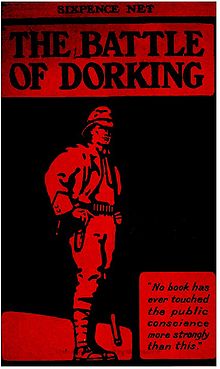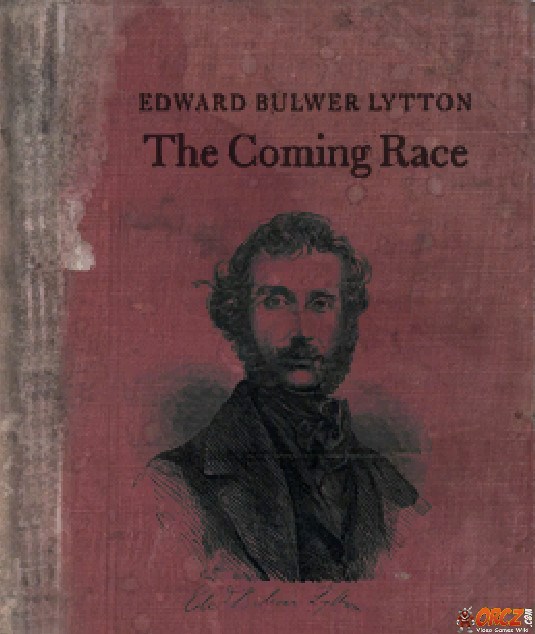It was as if the world were trying to cover up the wounds created by the wars of the last decade without treating them. Politicians and scientists saw the future as bright and inviting, even as war, turmoil, and discontent continued just outside their comfortable, padded world.
History:

The British Empire continued to expand its borders during the 1870s, setting up comfortable, western colonies in the far corners of the earth where they weren’t always welcome. The United States, meanwhile, was recovering from their bloody Civil War. The rather unbalanced and ineffectual period of Reconstruction lasted in the States until 1877.
Elsewhere in Europe, the Franco-Prussian War raged from 1870-1871. This struggle led to the collapse of the Second French Empire,the formation of the French Third Republic, and the unification of Germany into the German Empire, or the Second Reich.
Science:
[The Paris Exhibition of 1878]
Many inventions that are indispensable in the modern day were first devised in the 1870s, such as the lightbulb and the phonograph, invented by Thomas Edison. 1876 saw a prototype telephone created by Alexander Graham Bell. At the same time, an Austrian physicist named Ludwig Boltzmann was developing important theories and equations concerning entropy, and its relation to thermodynamics.
The popularity of scientific exhibitions continued to rise. In 1873, The Weltausstellung, (World Exhibition), was held in Vienna. The Centennial Exposition took place in Philadelphia in 1876, and the Exposition Universelle was held in Paris in 1878.
Stories:

French writer Jules Verne continued to dominate the genre in the 1870s. The year 1870 saw the release of perhaps his most famous work, 20,000 Leagues Under the Sea. On an expedition to destroy a giant sea monster, a French marine biologist, his servant, and a Canadian whaler discover that their supposed monster is, in fact, a marvelous submarine, the Nautilus, piloted by vengeful scientist-prince, Captain Nemo. The title, which has caused some confusion, refers to the distance travelled around the earth, not the depth below the sea.

In 1971, Colonel George Chesney wrote an important precursor to invasion literature, The Battle of Dorking, which told the story of a terrifying future war.

That same year, Edward Bulwer-Lytton wrote a book called The Coming Race, which described an underground civilization of supermen, who controlled an energy form known as vril, an all-permeating substance, which to me sounds very similar to the force of Star Wars. This book, and the substance it described, sparked the interest of some occultist groups, who believed it to be real.

In 1872, Samuel Butler produced another classic of the growing utopian genre, Erewhon. It describes a utopia that satirized Victorian culture. The name of the place is Erewhon, which is a nearly-backwards spelling of the word “nowhere”.

The same year, French astronomer Camille Flammarion published Lumen, a highly philosophical story that explored and introduced ideas about the speed of light, and alien lifeforms.
Another interesting, but rather obscure contribution to science fiction was Edward Page Mitchell’s story, “The Tachypomp”, published in 1874. It details one mathematically-challenged man, and his quest for love, and the secret of infinite speed.
Worldview:

The mindset of the 1870s was rather scientific. People of the western world generally believed that nature was simple, orderly, and theirs to command.
In a decade full of political and social problems, a new social and scientific era was beginning, and the genre of science fiction started coming into its own, with ideas and themes that would keep readers thinking and enjoying for years to come.
Keep on glowing in the dark,
Elora
No comments:
Post a Comment